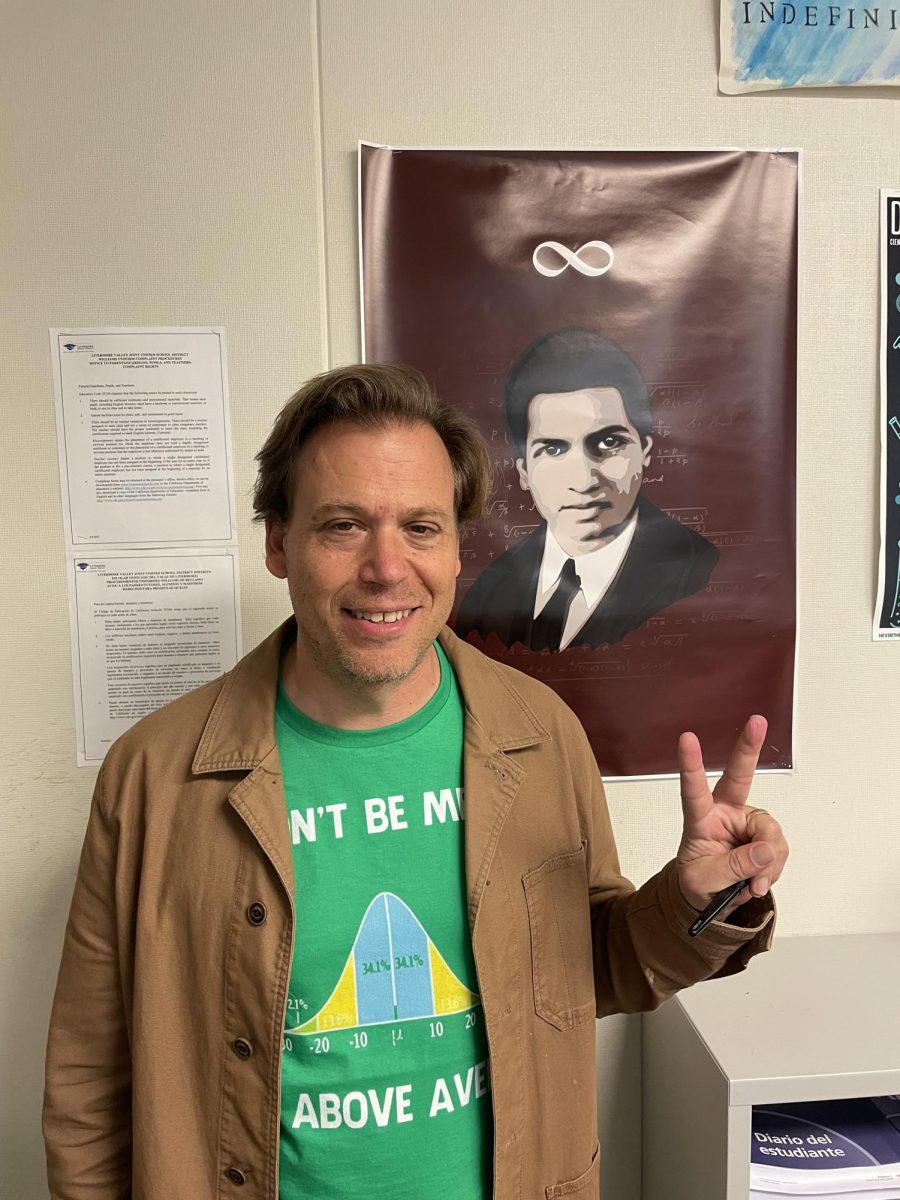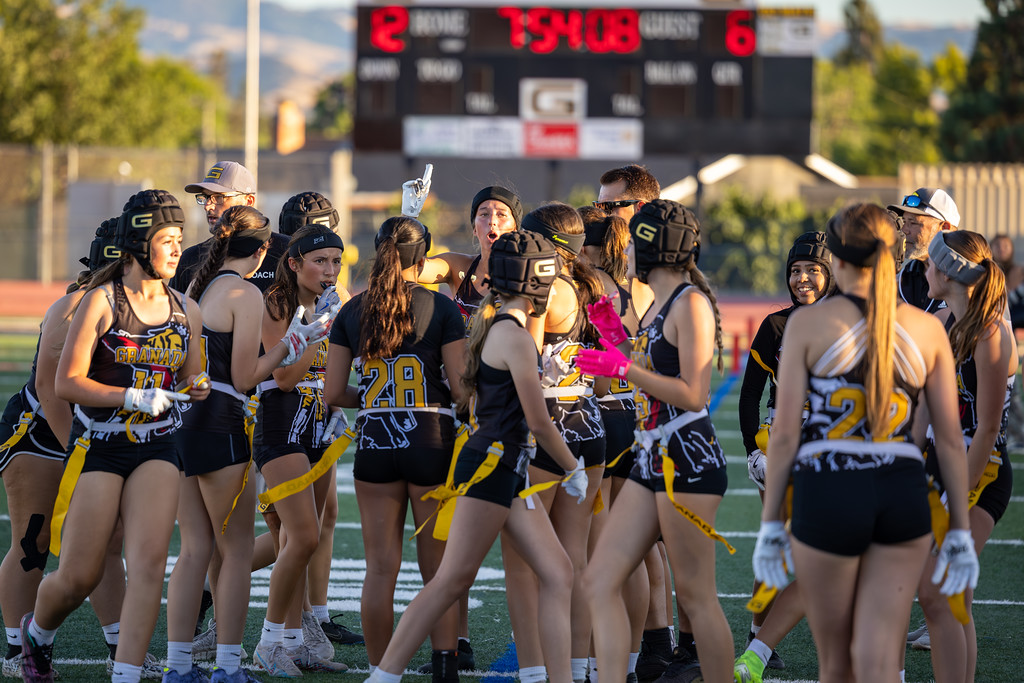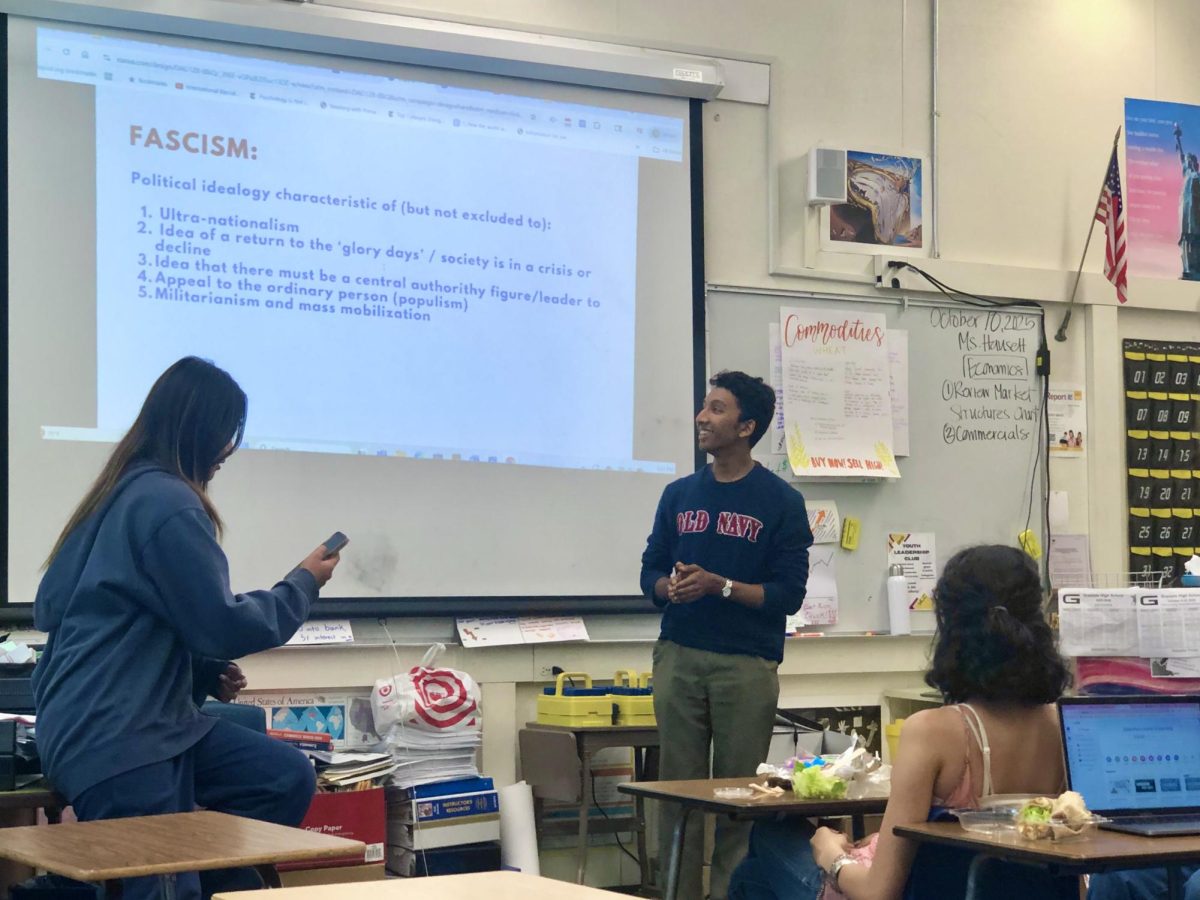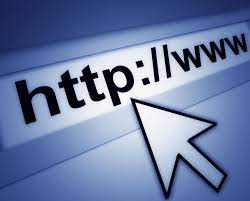In the age of the internet, misinformation has become more and more of a problem. Nowadays, anyone can post something on social media, or put something on a completely false website. This is a topic that has been talked about frequently over the years but misinformation is still widespread and shows no sign of slowing down. So why do we believe misinformation/disinformation and how can we combat it?
Misinformation is false or misleading information. Disinformation is the deliberate spreading of false or misleading information. According to the American Psychological Association when we see new information we don’t focus on its accuracy, we just try to process and decide what to do with the information. This makes false information hard to detect, especially when it appeals to emotions like fear and outrage. Especially when the figure presenting the misinformation looks more like the viewer and the people being criticized are from a different social group than the viewer.
People are more likely to believe misinformation when it’s been exposed to them repeatedly and even if they don’t believe the information, they still might spread it to people, which is why misinformation spreads so quickly and why it needs to be detected early.
The most obvious way for individuals to combat misinformation is to fact-check any piece of information that you come across, especially if it’s from social media. If it’s a source that’s verified and trusted then it may not be necessary, but if there’s a source that’s not verified then always fact-check. This goes especially for younger people because research has shown that young people use social media to get their news and misinformation spreads easily on social media. Debunking is effective but time-consuming and may not reach the target audience in time, but there are also other ways to stop misinformation.
Prebunking (preventing misinformation in the first place) is the best method to stop misinformation. Teaching kids about misinformation in formal education by informing them of tactics that may be used to mislead them so they know to detect them in the future.
While fighting misinformation individually is important, there are larger-scale things that can be done with social media companies and the government. Several ideas have been proposed to fight misinformation, specifically on social media. Tech companies can invest in technology that finds misinformation and alerts users before they can click the post. Making it hard to make money from hoaxes and false information would weaken people’s motivation to spread misinformation since money is a big reason for doing it.
There also needs to be accountability for people who spread disinformation. People online do things they would never do in real life partly because they remain anonymous and won’t face any real accountability. Requiring everyone using social media to provide their real name and identity takes away that anonymity and makes it possible for people who spread disinformation to face real consequences for their actions. Combating misinformation requires the government, social media companies, and individuals to all put in the effort to protect the integrity of information on the internet.





























